The superb job that NASA has been doing recently with publicizing their missions to other worlds, the life changing 2017 Total Solar Eclipse, and the revival of the Cosmos series with Neil deGrasse Tyson have enticed so many of us begin looking up. Whether you’re a backpacker, seasoned amateur astronomer, or just bought your first camera to take pictures of star trails, it’s hard to deny that there’s something special about spending an evening out under the stars.
Unfortunately, most Americans and most people on the planet live in or close to large cities, where the night is lit up with artificial light so brightly that only a few stars are visible—not so much in the West.
Much of the West is dark enough at night to experience incredibly starry skies that you’ve seen in pictures. One of the gems of the western U.S. is Jackson Hole. Most of the valley is federally protected land, which means there aren't many artificial lights. During the day there is incredible wildlife to see, rivers to float, mountains to explore, and art galleries to saunter through.
However, the most incredible beauty of Jackson Hole begins after the sun goes down. In the backcountry, the stars really shine.
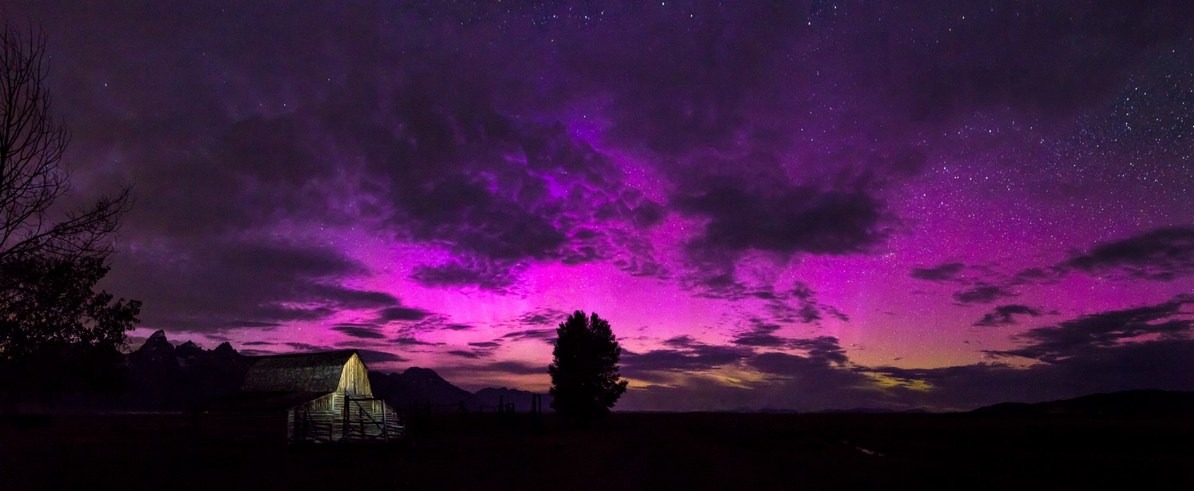
Mormon Row beneath the aurora. Mike Cavaroc at Free Roaming Photography.
Front Country Hotspots
As the sky begins to grow dark, head north on Highway 189 from Jackson, the largest town of 10,000 people that lies within the valley known as Jackson Hole. You'll soon cross the boundary into Grand Teton National Park.
Take Gros Ventre Road (pronounced "grow vaunt") at the roundabout and follow it to Antelope Flats Road to escape the traffic of the main highway. Once you pass the town of Kelly, there are several pullouts that offer fantastic stargazing locations with the silhouette of the Tetons to the west.
The iconic Moulton Barn on Mormon Row is just down the road, where during the summer months the galactic disk of the Milky Way seems to rise from behind the barn straight out of the Earth.
The night sky over Old Faithful. Wyoming Stargazing.
Backcountry Destinations
If you want even darker skies than what you get on the valley floor, consider backpacking into Grand Teton National Park. From virtually any backcountry campground you'll enjoy stunning views of a star filled sky through the lodgepole pine, Douglas fir, and Engelmann spruce.
However, to find vistas from horizon to horizon, you'll need to venture up onto the Death Canyon Shelf or just outside the boundaries of Grand Teton National Park to Alaska Basin.
Part of the Jedidiah Smith Wilderness and Caribou-Targhee National Forest, Alaska Basin is a large open expanse of sprawling glacial-polished granite boulders and small ponds that slopes up to the east toward the Cathedral Group, the highest peaks in the Teton Range.
The high elevation (over 9,000 feet) and nearly treeless terrain in Alaska Basin make this spot a truly amazing backcountry stargazing location. Alaska Basin can be accessed either from the Wyoming side or the Idaho side of the Tetons. With the unaided eye in Alaska Basin, you’ll see between 5,000 and 6,000 stars on a moonless night.
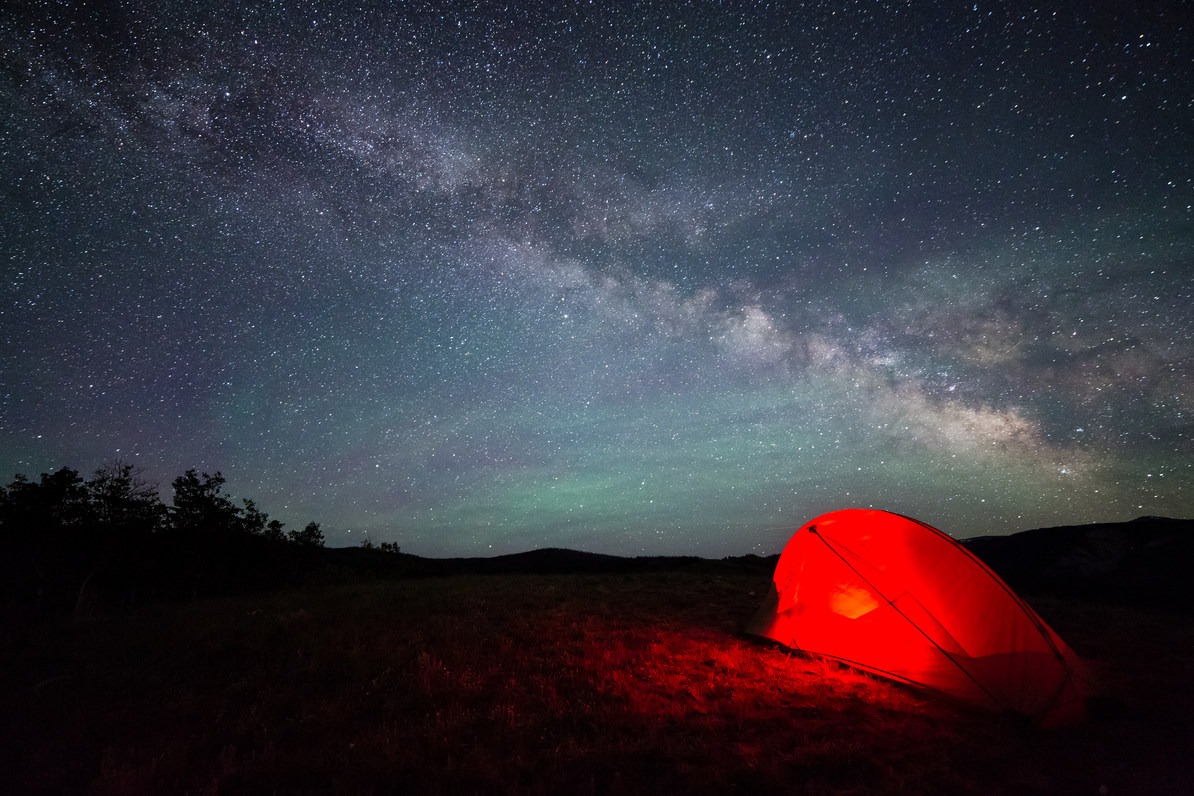
Nights like these are on tap on the Teton Crest Trail. Mike Cavaroc at Free Roaming Photography.
What to Take With You
Sky Maps and Apps
The free monthly star chart available from Skymaps.com is a must to print out before you leave on your trip. The chart includes a detailed map of the constellations and other objects visible in the night sky along with brief descriptions of the objects that are visible that time of year with the unaided eye, with binoculars and small telescopes.
If you want more tech and are planning on bringing your smartphone, there are several planetarium apps that make identifying the constellations, planets, and other objects quite easy.
StarWalk (the original version) is probably the best $3 investment you’ll ever make. StarWalk provides an awesome graphical display of the night sky with pictures and names of the constellations as you move your smartphone over your head across the sky. You can also point your phone down to see what’s viewable in the Southern Hemisphere.
There are also several apps that will show you the location of the International Space Station. The ISS Tracker is free, and it's a reliable tool to find the ISS in the sky.
Optics
If you bring a pair of standard 8-by-32 binoculars or larger, you’ll be able to see millions of stars within the Milky Way Galaxy and the combined hazy patches of hundreds of billions of stars from galaxies beyond our own.
Some binoculars can be mounted onto a simple tripod, which will make stabilizing the image much easier. If you carry a tripod in, you might as well bring a spotting scope along as well, which will bring out the color of the planets.
If you’re feeling really burly and want the backcountry stargazing experience of a lifetime, then consider purchasing an eVscope, set to be released in the summer of 2019. This piece of cutting-edge telescope technology weighs in at just under 20 pounds and produces color images of deep-space objects like nebulae, star clusters, and galaxies.

Wyoming Stargazing offers programs that are free and open to the public. Wyoming Stargazing.
A Guided Tour of the Stars
Then again, you might just want to stay in downtown Jackson within a few minutes of the comfort of your hotel and enjoy the stars while standing under the famous elk-antler arches. Even under the brightly lit neon sign of the Cowboy Bar downtown, the Andromeda galaxy is visible to the unaided eye, our closest galactic neighbor at over 2 million light years away (12 million trillion miles).
Venture just a few blocks from Town Square down Cache Street toward the Center for the Arts on a clear Friday night, and you’ll find a large telescope set up in a field with an enthusiastic amateur astronomer from Wyoming Stargazing, a local nonprofit, ready to tell you all about the night sky.
Although street lights wash out views of the faintest stars, on moonless nights upwards of 1,000 stars are still visible. The occasional comet makes an appearance, and shooting stars are a typical part of these free public programs. It’s one thing to look up and enjoy the night sky, but if you really want to learn about it you’ll definitely want to attend one of the Wyoming Stargazing programs. Sometimes upwards of 100 people attend its programs in the summer, but you can also schedule a private stargazing program.
Whether you take the time to backpack into the Tetons, drive into Grand Teton National Park, or just wander down the street from your hotel room in downtown Jackson, you’ll have the chance to enjoy dark night skies that no longer exist in most cities in the U.S. So while you’re in Jackson enjoy the wildlife, the cuisine, the fresh air, the artwork, the mountains, and the rivers—but after night falls, don’t forget to look up!

Samuel Singer, Ph.D., is the Founder and Executive Director of Wyoming Stargazing. He fell in love with the night sky while growing up in Northern Nevada and he’s been stargazing ever since. With a passion for astronomy and a doctorate degree in education he knows just how to make the mysterious nature of the Cosmos understandable to people of all backgrounds.
The mission of Wyoming Stargazing is to inspire and educate through Wyoming’s extraordinary skies. Their vision is to build a public observatory and planetarium in Jackson Hole.

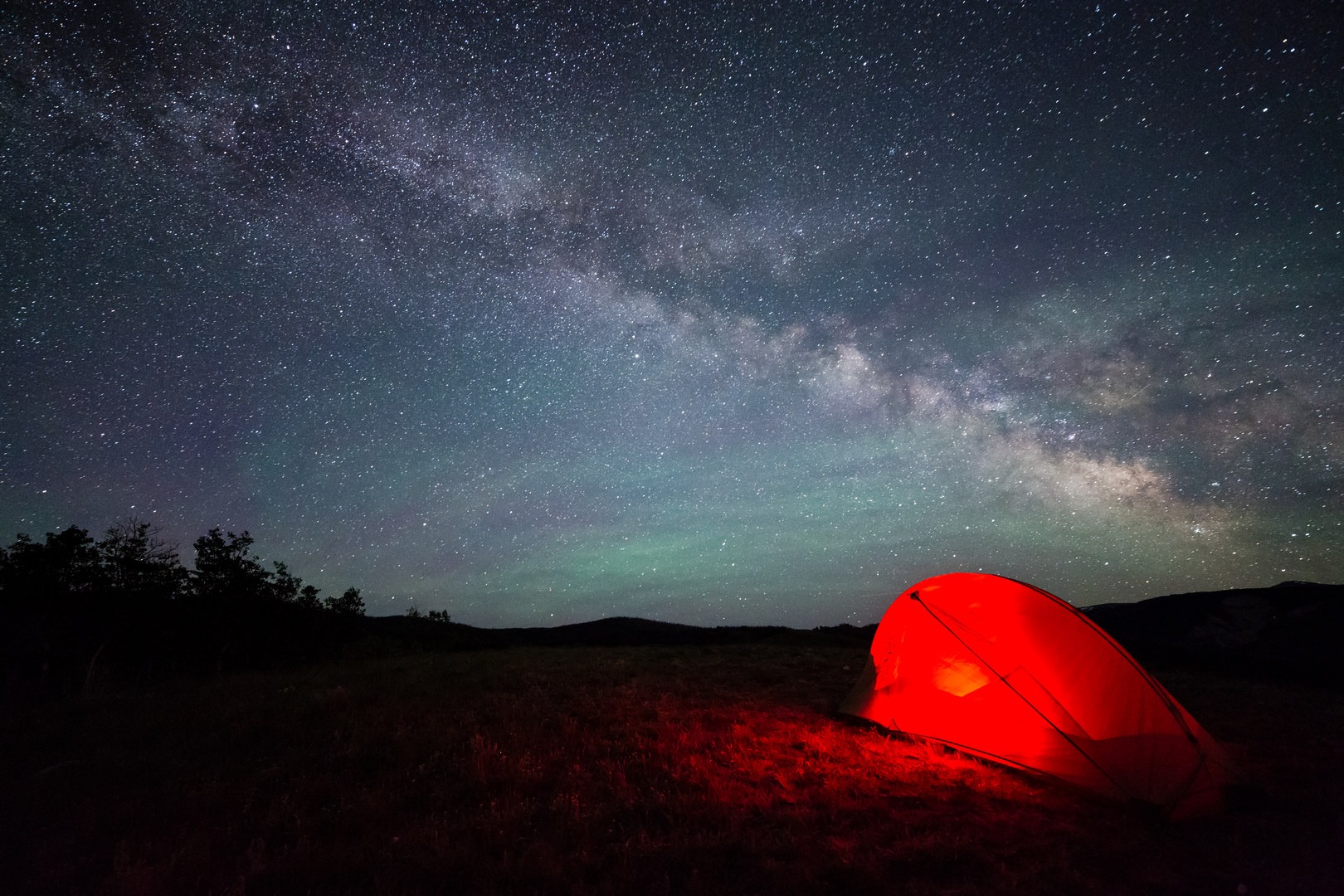
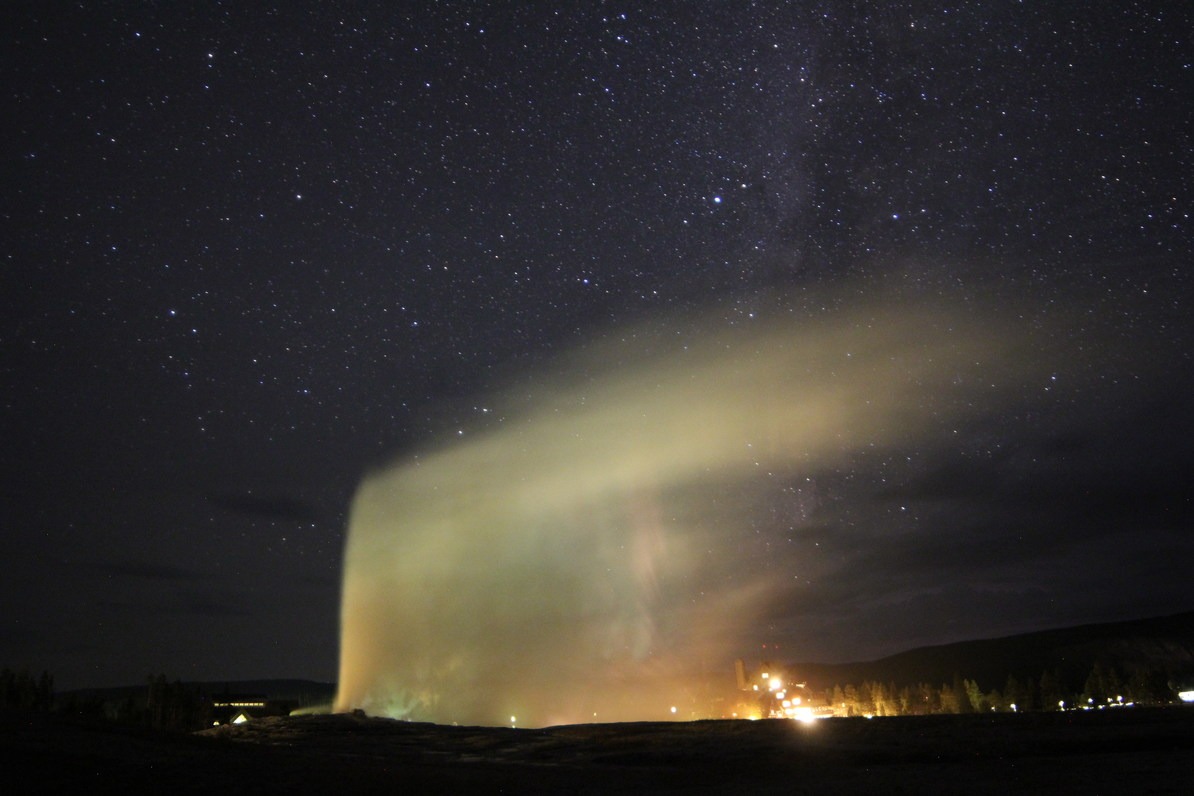
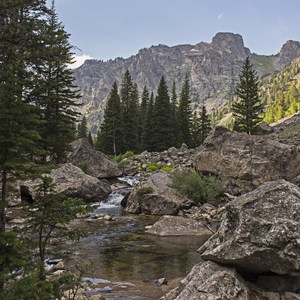
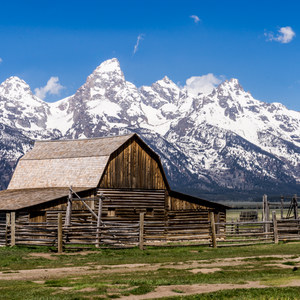
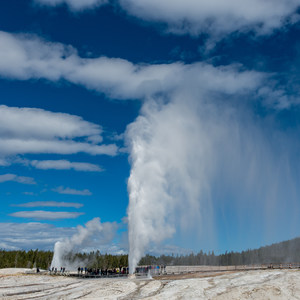
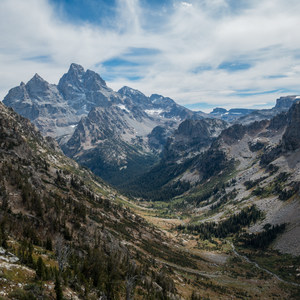



Comments
Sign In and share them.